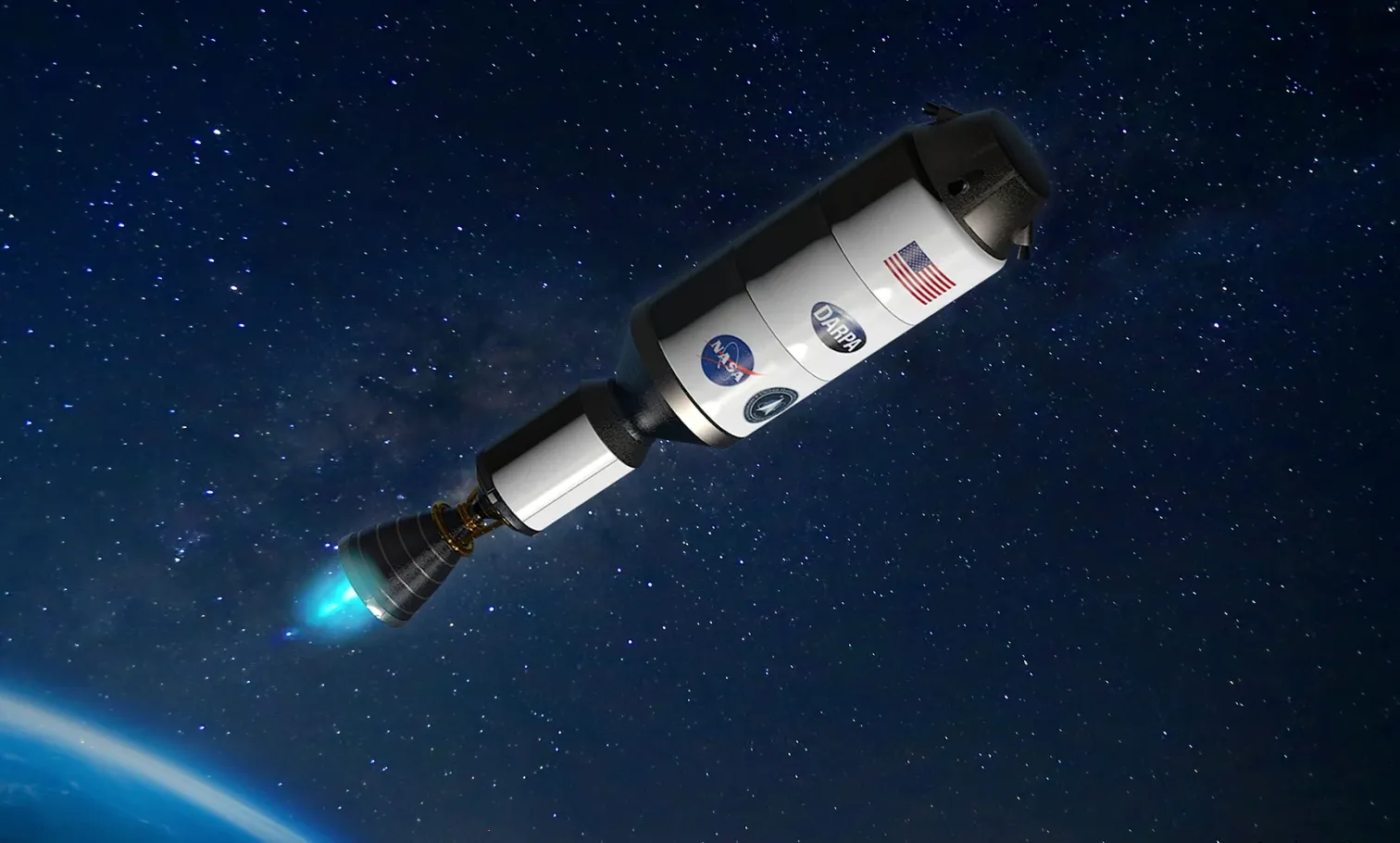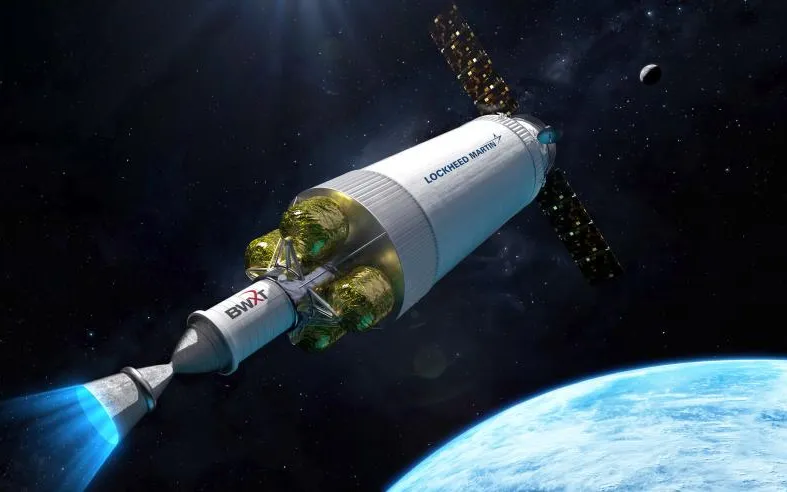Lockheed Martin Selected by NASA to Construct Nuclear Rocket for Mars Mission
Lockheed Martin, an aerospace and defense company, has been selected by NASA and DARPA to create a spacecraft equipped with a nuclear thermal rocket engine. The joint project, known as the Demonstration Rocket for Agile Cislunar Operations (DRACO), was announced in January and will involve BWX Technologies supplying the reactor and fuel. The objective of this initiative is to demonstrate the technology by 2027, with a focus on potential future missions to Mars.
Nuclear thermal power (NTP) has several advantages over chemically propelled rockets. First, it is two to five times more efficient, allowing ships to travel faster and farther and with greater agility. In addition, its reduced propellant requirement leaves more room in the spacecraft to store scientific equipment and other essentials. It also offers more options for abort scenarios, as nuclear engines make it easier to change the ship’s trajectory for a faster-than-expected return trip. These factors together make NTP the (perhaps) ideal mode of travel to Mars.
“These more powerful and efficient nuclear power plants can provide faster transit times between destinations,” said Kirk Shireman, director of lunar exploration campaigns at Lockheed Martin. “Decreasing the transit time is vital for human missions to Mars in order to limit the crew’s exposure to radiation.”

The NTP system uses a nuclear reactor to rapidly heat hydrogen propellant to very high temperatures. This gas is funneled through the engine’s nozzle, creating the ship’s thrust. “Designed to be extremely safe and reliable, this nuclear thermal propulsion system uses High Assay Low Enriched Uranium (HALEU) fuel to rapidly heat a very cold gas such as liquid hydrogen,” BWX said today. “When the gas is heated, it expands rapidly and creates thrust to propel the spacecraft more efficiently than typical chemical combustion engines.”
To quell concerns about radioactive leaks in the Earth’s atmosphere, NASA and DARPA plan not to start the reactor until the craft has reached a “nuclear-safe orbit,” where tragedies would occur outside the zone in which it would impact Earth. By 2027, the agencies’ goal is to conduct a demonstration of a nuclear-powered spacecraft that will be launched from a conventional rocket until it reaches a “suitable position above low orbit.”
Nuclear reactors are also likely to play a key role in powering future Martian habitats, with NASA testing small and portable versions of the technology as early as 2018.
Before NTP carries the first humans to Mars, it could be used for much shorter flights, as nuclear-powered spacecraft could also make it more efficient to transport material to the Moon. “A safe, reusable nuclear tug spacecraft would revolutionize cislunar operations,” Shireman said. “Nuclear thermal power has more speed, agility and maneuverability, and also has many national security applications for cislunar space.”




